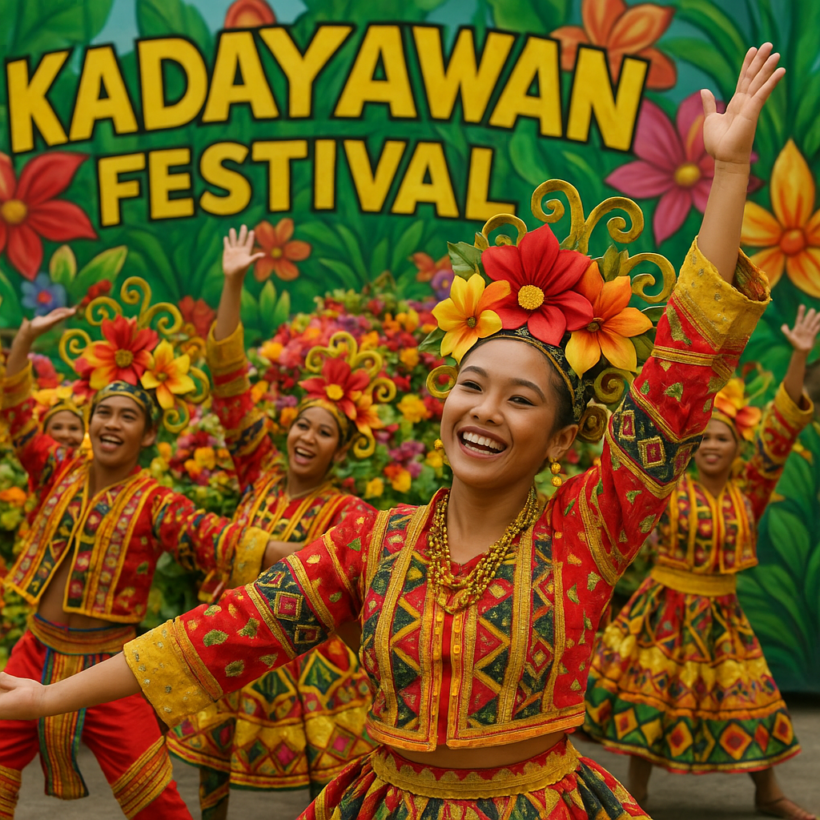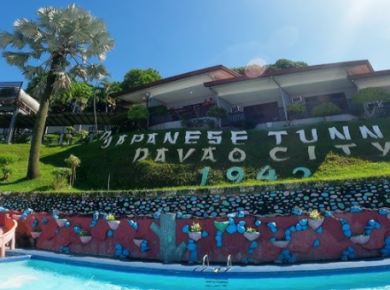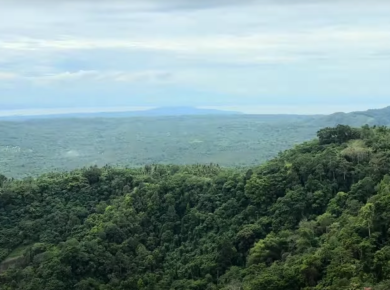When travellers picture Davao City, they often think of durian stalls, Mount Apo, or the crocodile park. Yet the Davao art scene now rivals its natural icons, thanks to new museums, grassroots galleries, and a surge of public art projects. This guide charts the cultural map—museums first, then galleries, artists, and street-level festivals, so readers can plan a richer visit.
Table of Contents
National Museum of the Philippines – Davao
People’s Park Compound, Palma Gil St, Poblacion District, Davao City
Opened on 1 December 2024, this six-storey, ₱300 million regional hub is the 17th branch of the National Museum system. Its durian-inspired shell houses:
- Victorio Edades’ 40-foot “Davao Industries” on the ground floor
- “Ahungan sa Panaghiusa,” a hanging gong installation woven by more than 50 Manobo artisans
- Fossil and biodiversity displays, including a Stegodon replica and a taxidermied Philippine eagle
- “Bahandi” and “Kabilin” textile galleries celebrating Mindanao weaving traditions
Since opening, city tourism officers report weekend queues that top 1,000 visitors per day, signalling strong cultural demand.
Museo Dabawenyo
Barangay 10-A, Mabini St., Davao City beside Davao City National High School
Reopened in May 2025 inside a temporary events hall while a five-storey permanent building rises next door, Museo Dabawenyo presents “A History of Davao in 50 Objects.” Highlights include:
- T’nalak textiles and Bagobo jewellery that trace pre-colonial trade routes
- Photographs of World War II guerrilla fighters from Mt Apo’s foothills
- An interactive corner where children handle facsimiles of brass gongs and fishing tools
Admission remains free, reinforcing the museum’s mission to make Davao City cultural attractions accessible to schools and neighbourhood groups.
Get direction to Museo Dabawenyo
Davao Museum of History and Ethnography
Zonta Building, 113 Agusan Circle, Insular Village I, Lanang
Founded in 1977 and refreshed in 2023, this private institution focuses on Mindanao art and ethnography. Must-see sections:
- Maranao okir woodcarving and inlaid mother-of-pearl kris hilts
- Weaving looms demonstrating how abaca fibres become Inabal cloth
- A digital archive with 15,000 photographs of Lumad rituals, accessible on-site tablets
Insular Village lies 15 minutes from downtown; ride-hail services cost roughly ₱180 one way.
Contemporary Galleries Lighting Up the City
| Gallery | Profile | Typical Programme |
|---|---|---|
| Art Portal: Gallery for Contemporary Art (115 Pelayo St., downtown) | Launched 2015; champions experimental media and Mindanao-wide group shows | Talk series, print-making workshops, weekly “TalipopArt” pop-ups |
| Ponce Suites Gallery (Road 4, Doña Vicenta Village) | An art-hotel covered floor-to-ceiling by Kublai Millan’s murals and sculptures | Roving poetry nights, rooftop sketch jams |
| Paglaum Art Hub (Bangkero St., Matina) | Volunteer-run; mixes coffee, zines, and live painting | Open-mic evenings, community mural projects |
These spaces provide emerging Davao local artists with pathways from café walls to national fairs, strengthening the city’s creative pipeline.
Public Art & Festivals
Colour splashes across downtown walls—street collectives have completed 60+ murals since 2020, many under city-sponsored youth programmes. Look for:
- Kadayawan Festival (August): floral floats, tribal dance competitions, and impromptu pop-up exhibits in People’s Park.
- MindanaoArt Fair (October): juried booths featuring regional masters and student collectives.
Festival seasons double foot traffic to galleries, so book hotel rooms early.
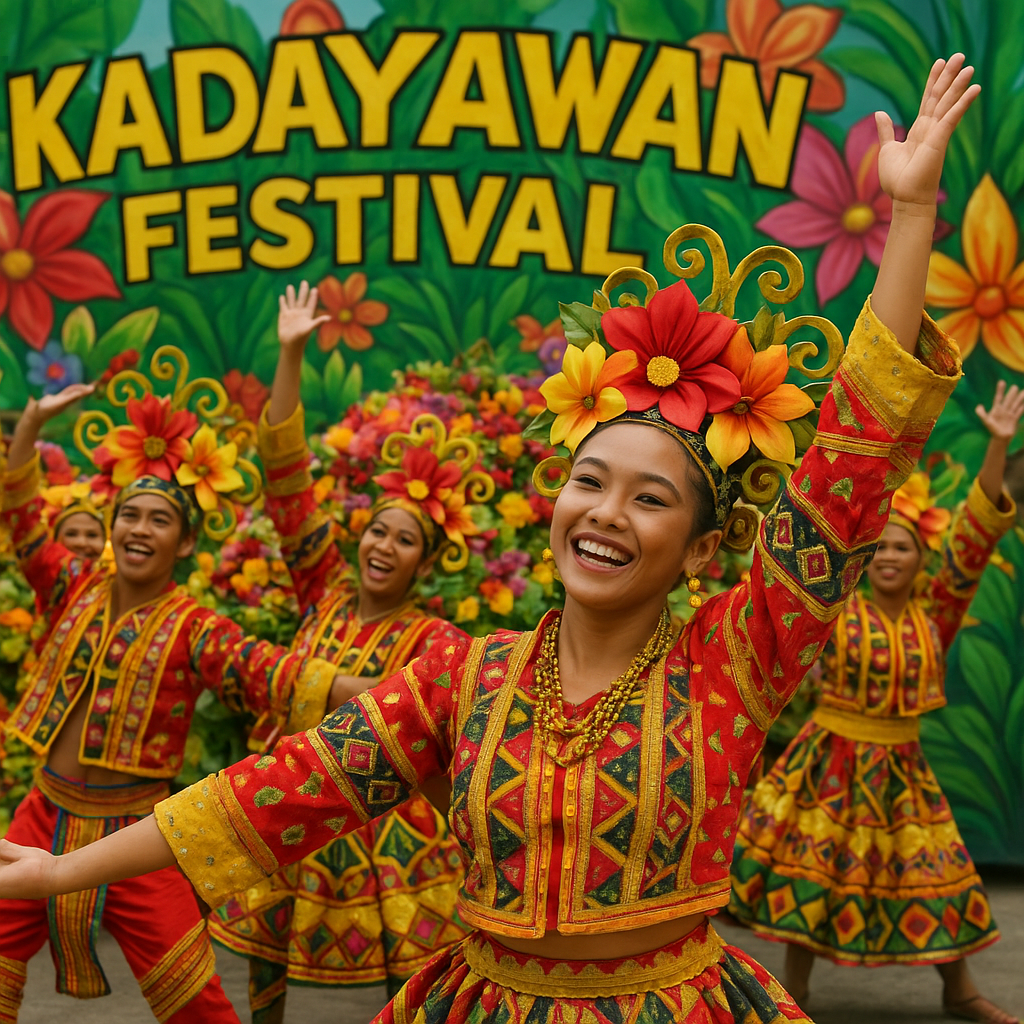
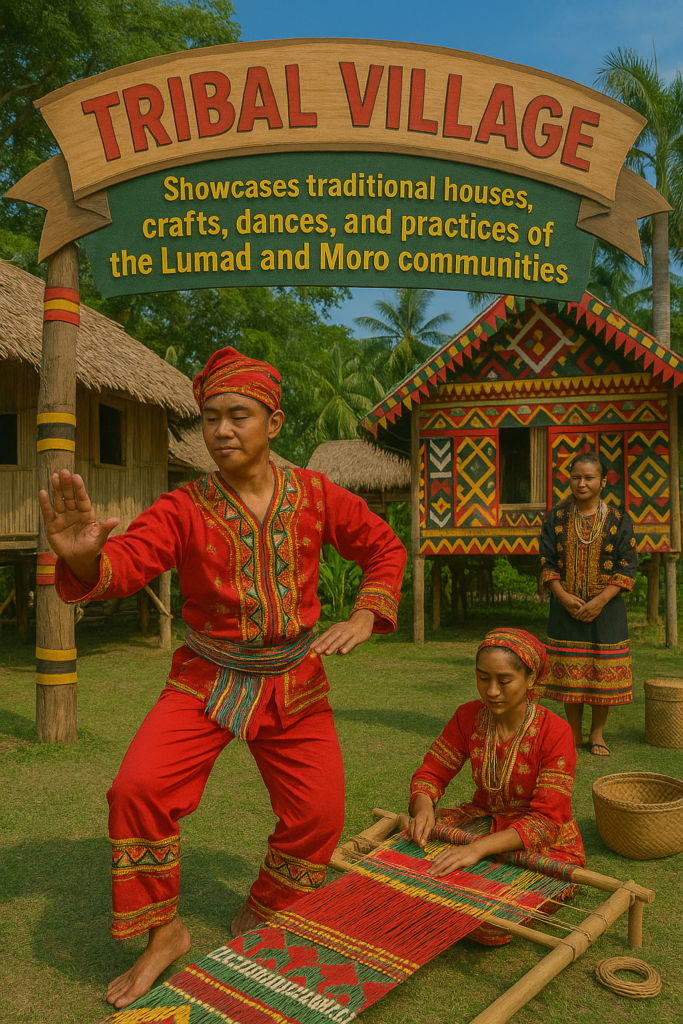
Planning Your Art-Centric Itinerary
Here’s how you can make the most of your trip while immersing yourself in the Davao art scene:
- Morning – Start at NMP-Davao when doors open at 9 a.m. to avoid crowds.
- Lunch – Grab an inun-unan rice bowl at the ArtPortal café downtown.
- Afternoon – Head to Ponce Suites for photo-friendly light; budget ₱100 for entrance.
- Evening – Catch a Paglaum Hub music night; pay-what-you-can donations support art-supply drives.
- Souvenirs – Purchase woven bags or small canvases directly from artists; prices start at ₱350 and the money stays in the community.
Davao’s art network may be young, yet it already balances heritage and bold experimentation. By stepping into its museums, chatting with gallery owners, and supporting street-level projects, visitors help keep this cultural ecosystem thriving, long after the smell of durian fades from memory.
